Last Updated on April 30, 2025 by Jana
TL;DR The Token API, built by Pinax and powered by The Graph, makes it easy to access token balances, transfers, and holders through a simple REST API—no indexing required. It’s fast, multi-chain, and built to work with AI models like Claude via the Model Context Protocol (MCP). Whether you’re a wallet, dapp, or AI agent, this is the simplest way to get on-chain token data.
If you’ve ever tried pulling token balances straight from a blockchain, you know it’s not exactly plug-and-play. There’s no neat “balance” field to check. Instead, you have to sift through a sea of <Transfer> events and reconstruct balances manually. It’s noisy, time-consuming, and far from dev-friendly.
There’s no neat “balance” field to check. Instead, you have to sift through a sea of <Transfer> events and reconstruct balances manually. It’s noisy, time-consuming, and far from dev-friendly.
So, Pinax built the Token API – a lightweight, fast, AI-ready solution that gives you token data through a simple API call. We sat down with Andrew, product owner at Pinax, to explore the motivation behind the Token API, what it unlocks, and what’s coming next.
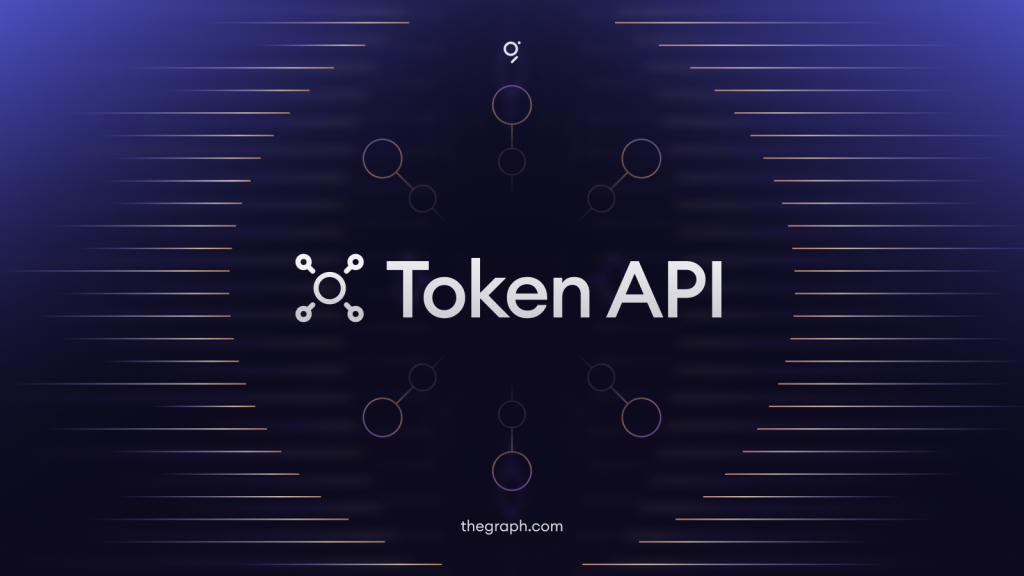
Why did we build it?
Most blockchains don’t track token balances in one place. They log events-every deposit, transfer, and withdrawal-and it’s up to you to process that data. Blockchains don’t have balances, at least not in the way developers expect. What they have are events. And if you want to know your balance, you have to process every one of those events yourself. That’s manageable if you’re running an indexer. But for wallets, games, and dapps, it’s unnecessary overhead. Most teams just want the data-fast and ready to use.
The Token API handles the heavy lifting-indexing the data, organizing it, and making it accessible via REST. You send a wallet address, and we return the token balances. That’s it.
The wallet is doing essentially the work that the Token API is doing. So the question is, either you design your wallet to do all of this work in the background, or you just get that data from a Token API.” – Andrew, Pinax
Who is it for?
While we built the Token API for developers, its use cases go well beyond manual integration.
It’s ideal for:
- Wallets like MetaMask that need token balances across chains
- Games that issue and track tokens for player rewards
- Accounting and portfolio tools that report on holdings
- Dashboards and alerts for token activity
- AI agents that need blockchain data to answer user queries
The blockchain already replicates all this data globally. So why should every developer have to run their own infrastructure to access it?” – Andrew noted
How does it work?
The Token API is built on top of The Graph’s indexing stack (Firehose & Substreams) and also makes effective use of ClickHouse. The pipeline operates as follows:
- Firehose extracts raw data from the chain
- Substreams processes and structures it
- ClickHouse stores and serves it with blazing speed
And all of that complexity? Hidden behind a clean API. We’re handling the entire back end.
You just query the API like you would with any REST service.
What is most exciting about Token API?
One of the most unique features of our Token API is how it integrates with AI, especially large language models like Claude – using the Model Context Protocol (MCP).
We didn’t just build this for humans, We built it so AI could use it too.”
– Andrew said.
AI models can:
- Translate natural language into SQL
- Run custom queries directly on the backend
- Retrieve structured token data without needing a human in the loop
For example, you could ask:
“How many tokens has Vitalik sold in the past 30 days?”
Claude translates that into SQL, runs it, and gives you an answer – no custom scripting required.
“I’m not a developer,” Andrew added. “But even I was able to set this up and use it.”
“I’m not a developer,” Andrew added. “But even I was able to set this up and use it.”
What are some real world use cases of the Token API?
Teams are already using the Token API in production:
- A web3 forum app displays wallet balances for users posting on-chain messages.
- Service providers use it for portfolio tracking and notifications.
- Some tools combine it with subgraphs for more detailed logic.
Subgraphs are great for rich, custom data. But sometimes you just want a token balance, and you want it fast. That’s where the Token API comes in.
If you want to see the Token API in action, check out this in-depth workshop from The Graph Builders Office Hours with Étienne from Pinax:
Is the Token API multi-chain?
Yes, and it has to be. Today’s tokens live across multiple networks. USDC is a perfect example. If your API only supports one chain, you’re only seeing part of the picture.
We currently support EVM-compatible chains and are actively working to add:
- Solana
- SVM (Solana Virtual Machine)
- Antelope
“Whether Ethereum, Solana, or the L2s come out on top, one thing’s clear: Multi-chain is already a reality,” Andrew said. “If your API doesn’t support multiple chains, it’s giving you an incomplete picture.“
What makes it different?
There are other token APIs—but this one’s different by design.
- ✅ Built on The Graph stack for fast, high-fidelity indexing
- ✅ REST-based and developer-friendly
- ✅ AI-native through MCP and Claude integration
- ✅ Multi-chain by default
- ✅ User-driven roadmap based on real feedback
We’re in a much better position to incorporate user feedback than most APIs, because we’re building this out in the open and listening closely.” — Andrew
What’s coming next?
We’re just getting started. Here’s what’s on the roadmap:
- Full Solana support
- Historical balances and price feeds
- NFT endpoints with CDN-backed media
- Verified token lists to avoid fake tickers
- Support for ERC-3643 (permissioned tokens)
Part of The Graph’s bigger picture
The Token API wasn’t part of The Graph’s original Horizon roadmap, but it fits right into the concept of creating a World of Data Services: an expansion beyond subgraphs to meet new developer needs. We’re taking the same trusted data and offering it in new formats that are easier to use. Whether you prefer GraphQL or REST, subgraphs or SQL, we want to meet you where you are.
📣 Try it out
The Token API is open and ready for builders. We hope we answered a couple of questions about the Token API, however, if you have additional ones let us know in the comments or join the Pinax Discord
- 📦 NPM package
- 📘 Quick-start guide
- 💬 Join us on Discord
We’re just getting started, and we can’t wait to see what developers and AI do with it next.
This article answers questions like:
✅ Why is getting token balances from a blockchain so complex?
✅ What does the Token API actually do? Who is the Token API for?
✅ How is the Token API different from other solutions?
✅ What makes the Token API AI-ready?
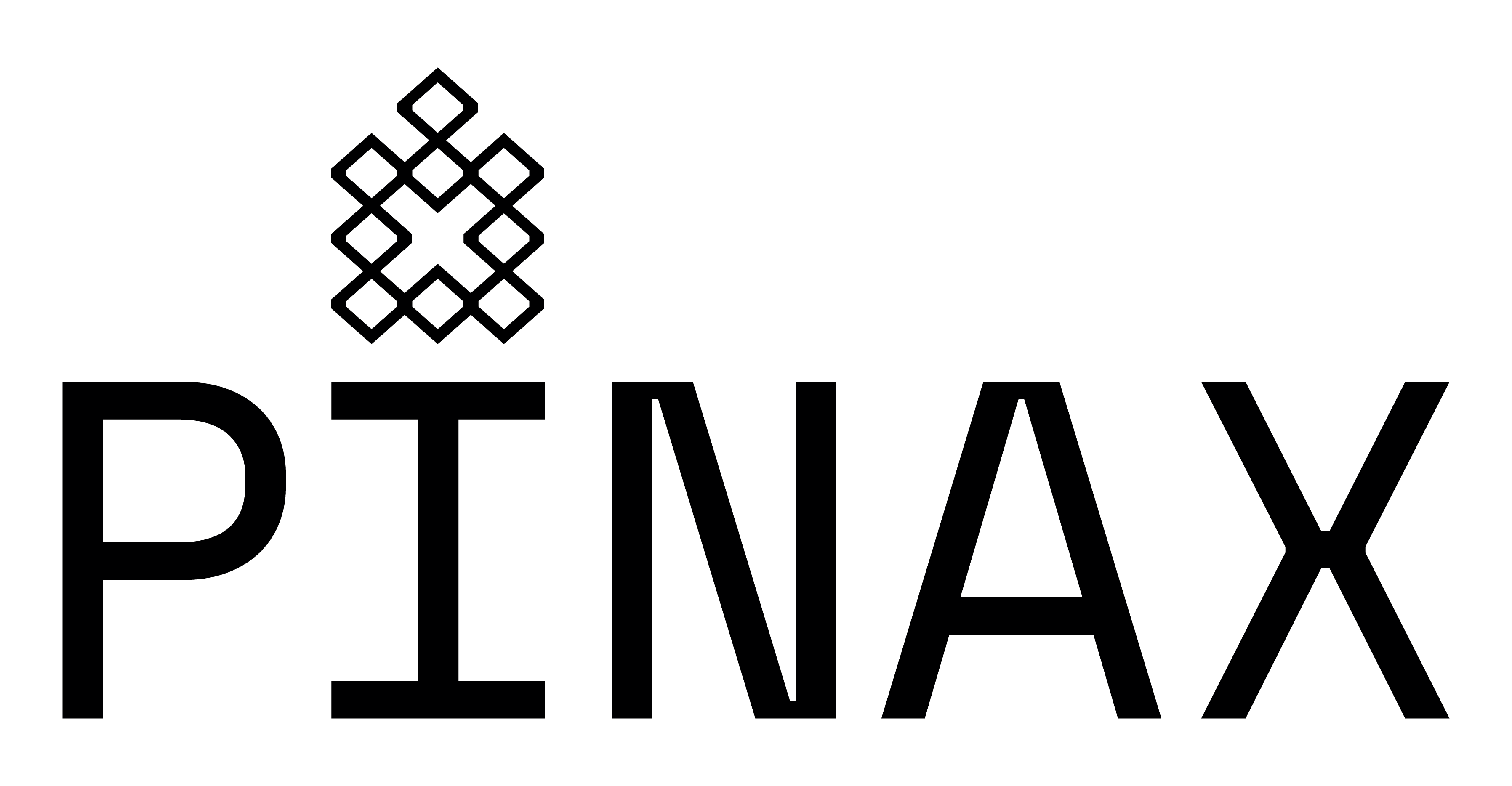


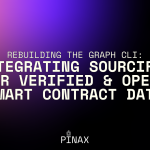
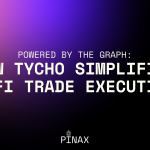
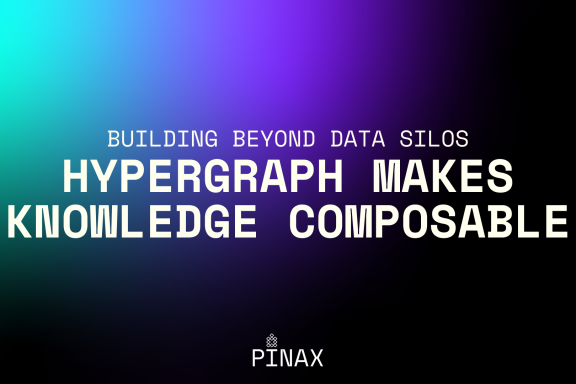
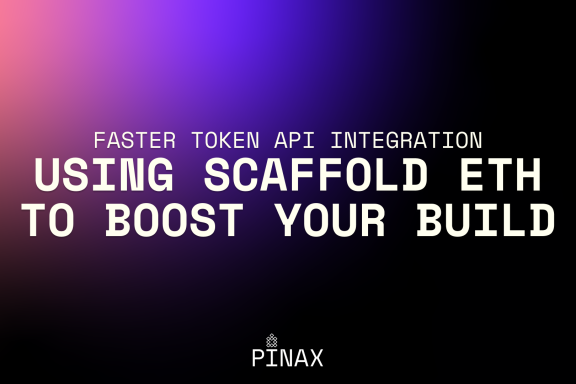
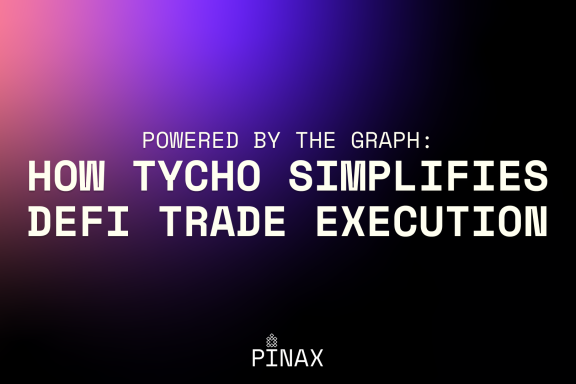
No Comments